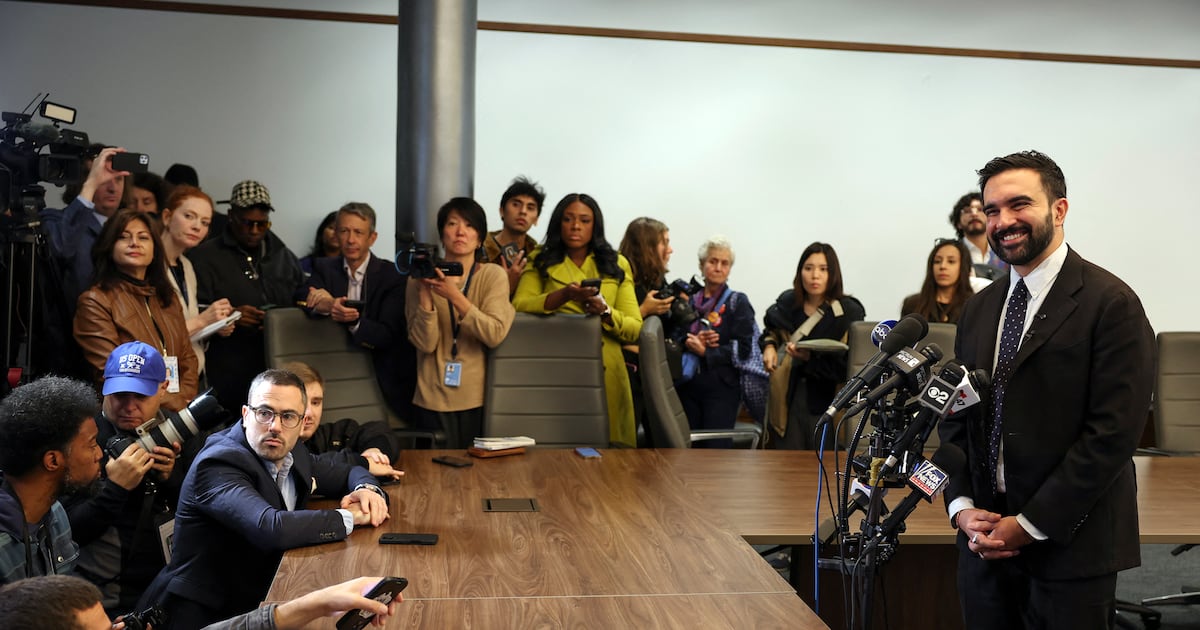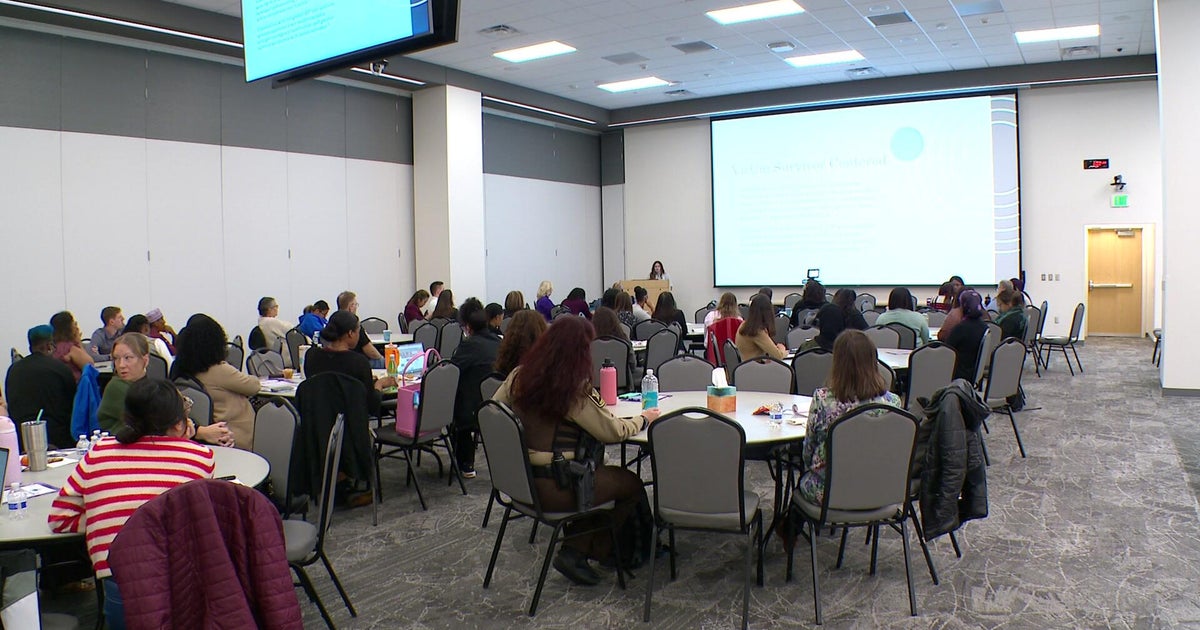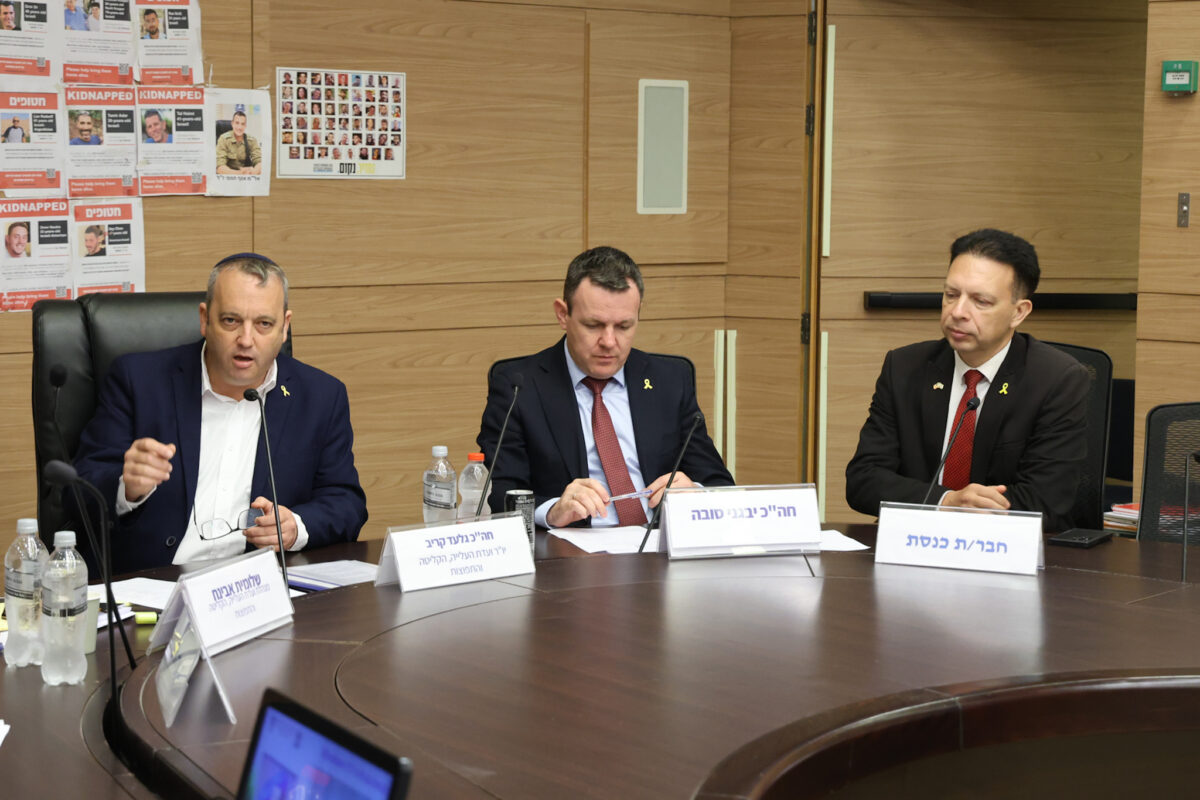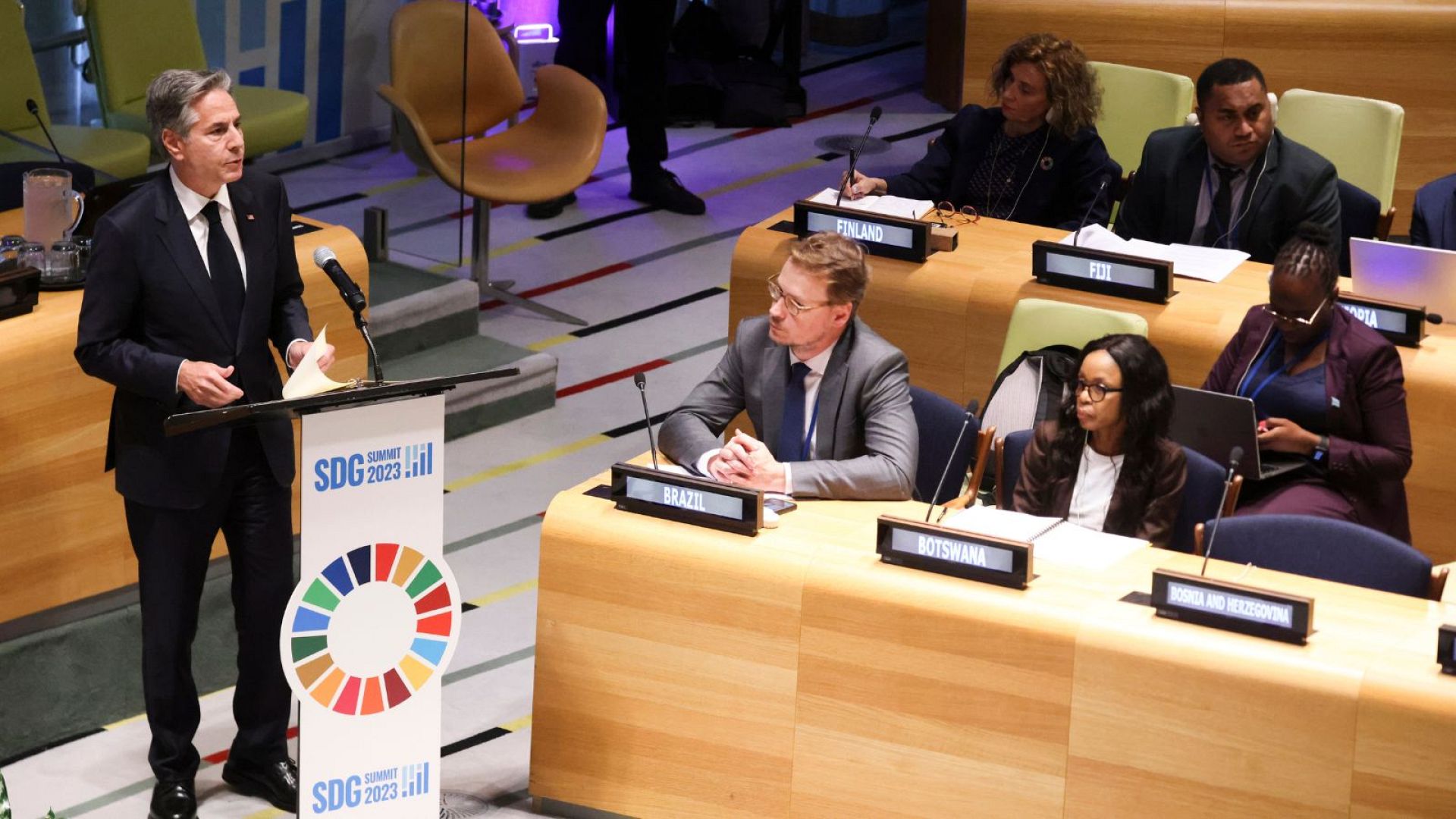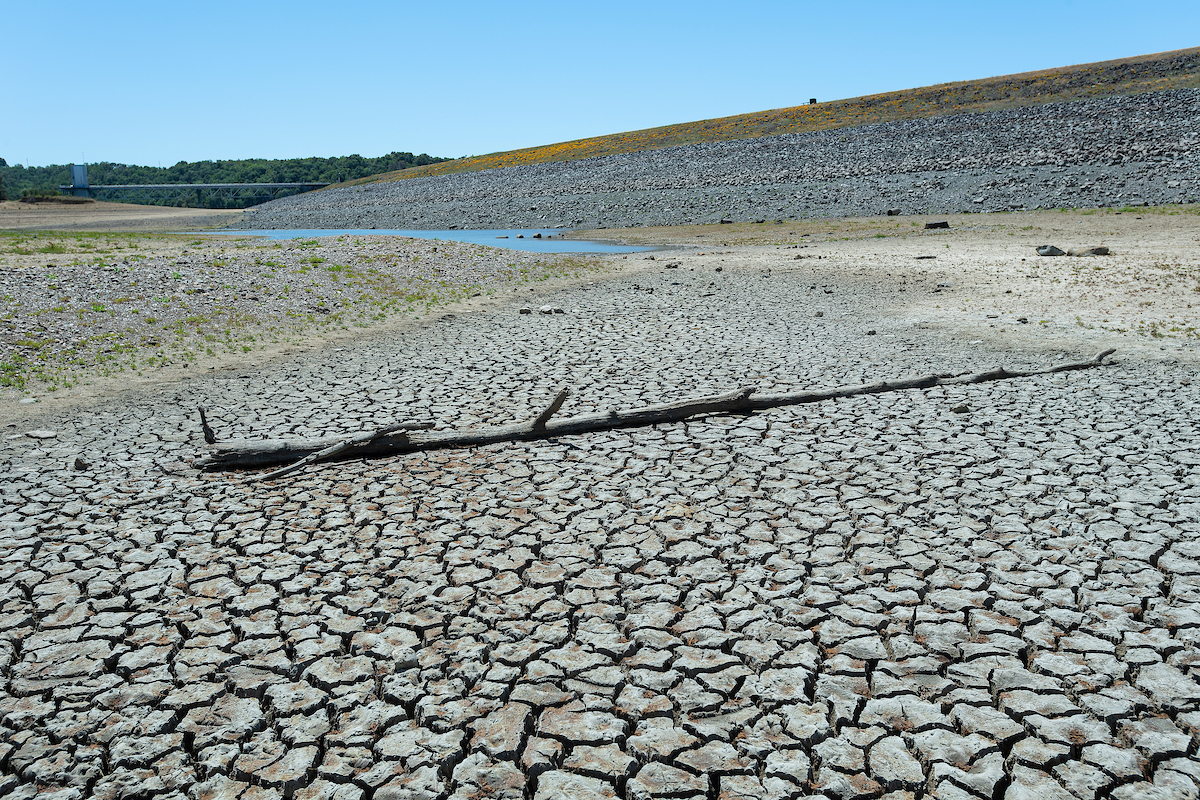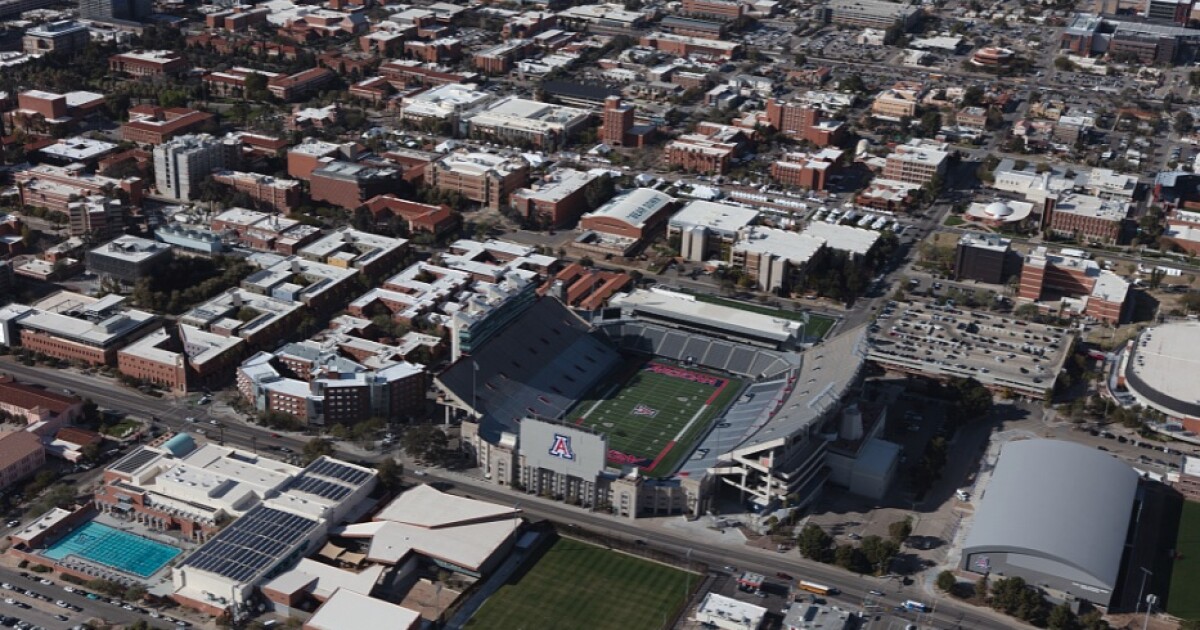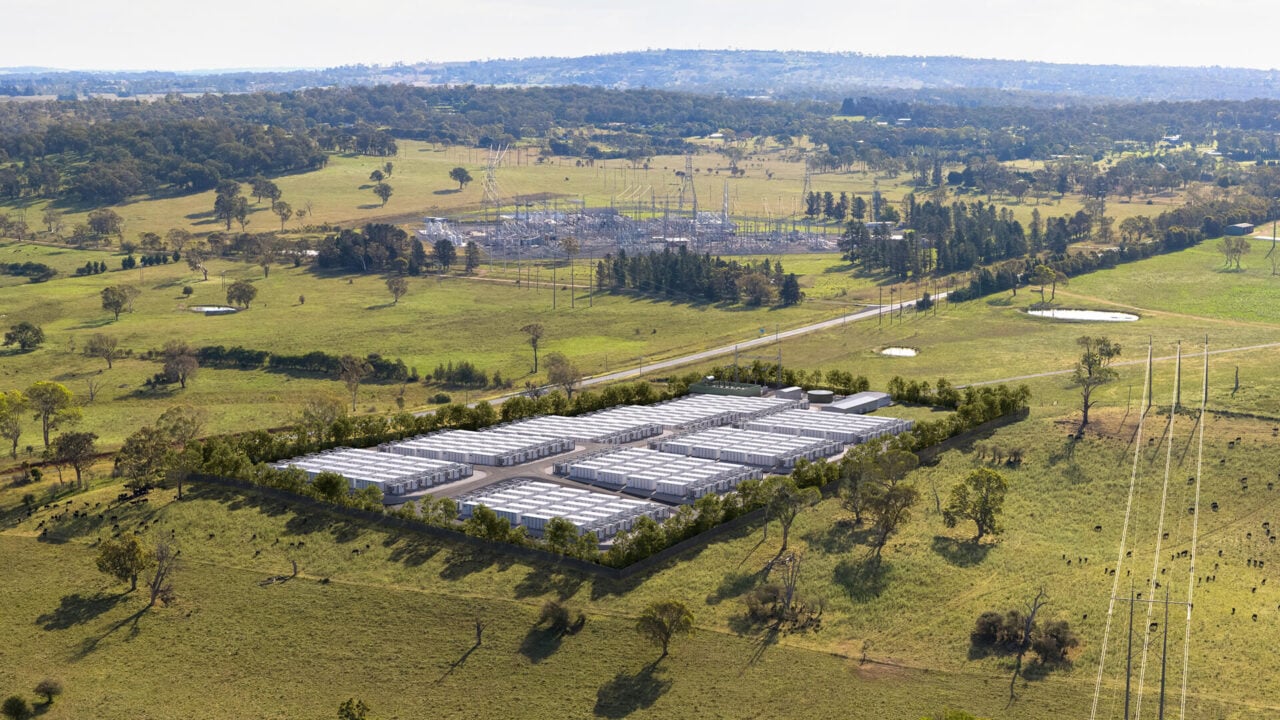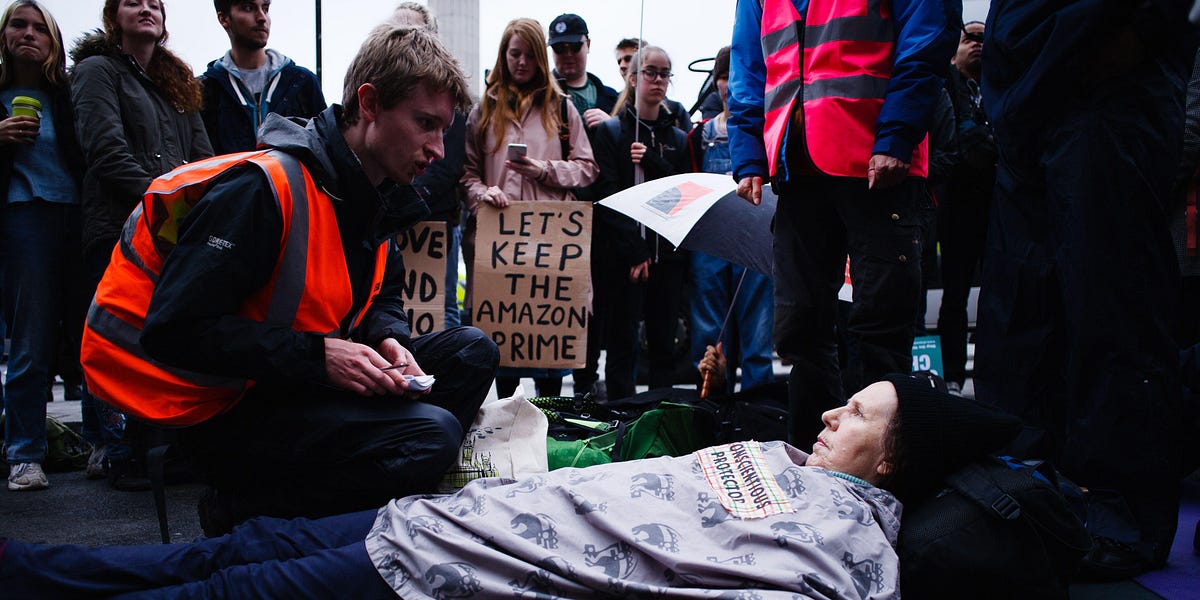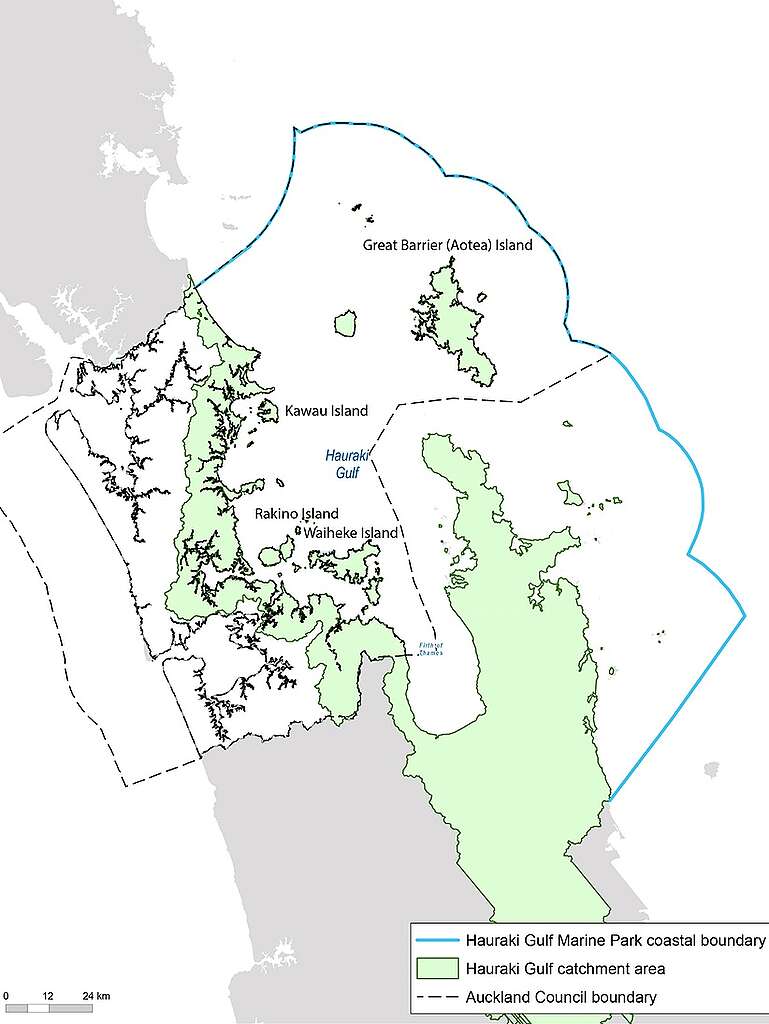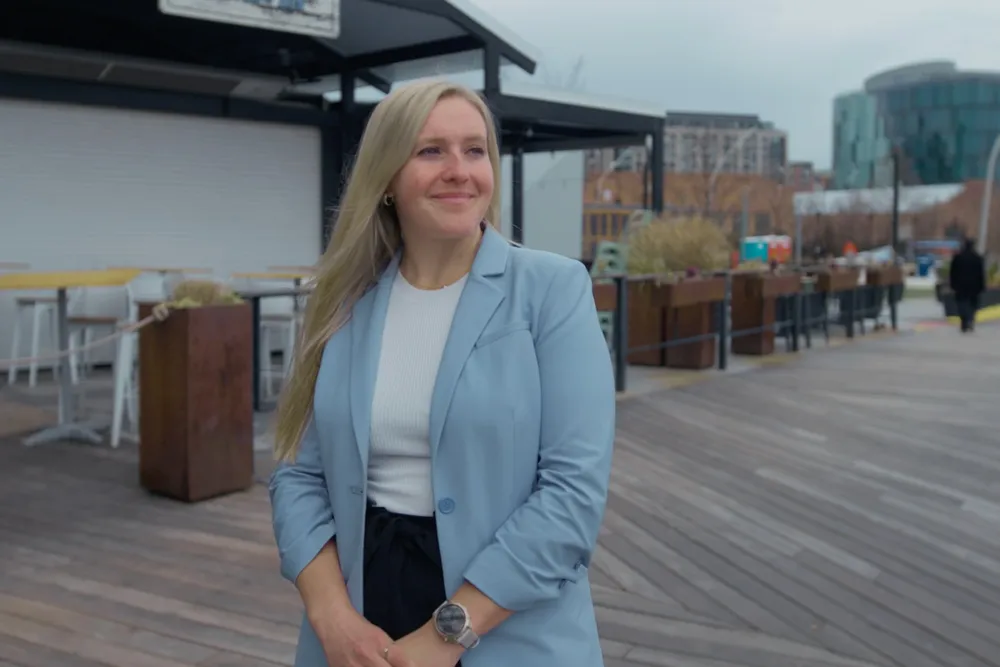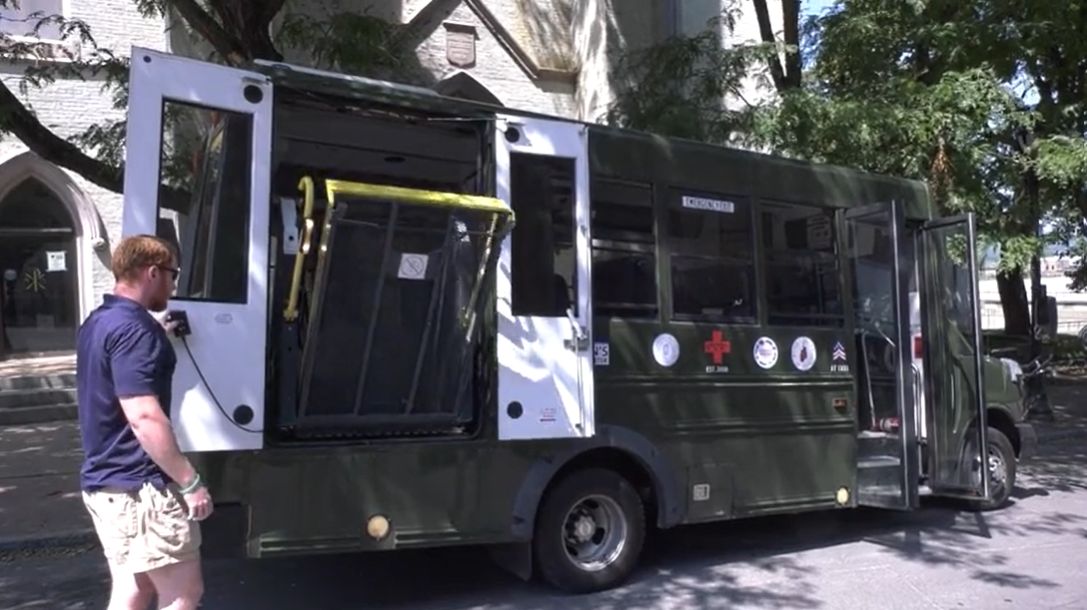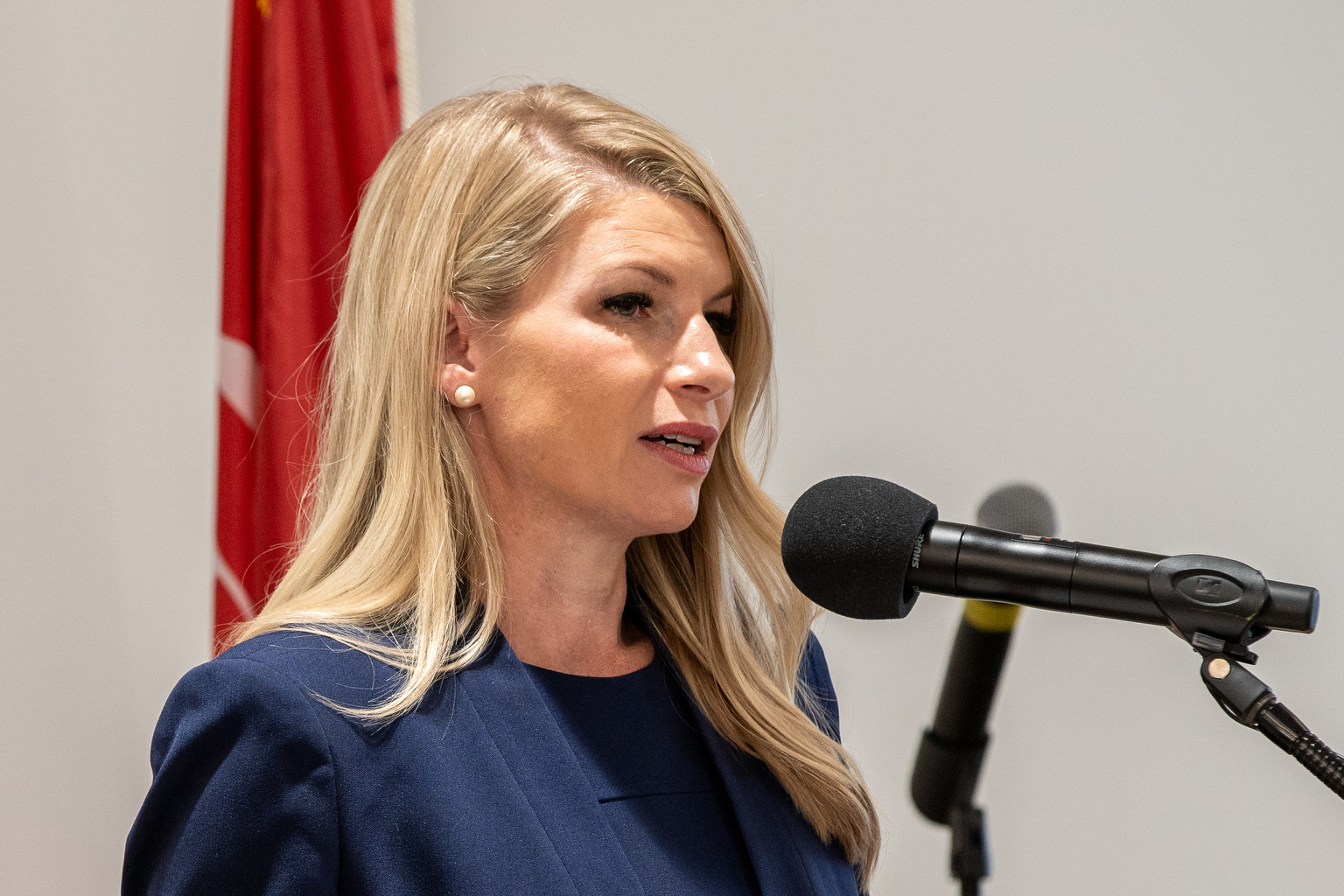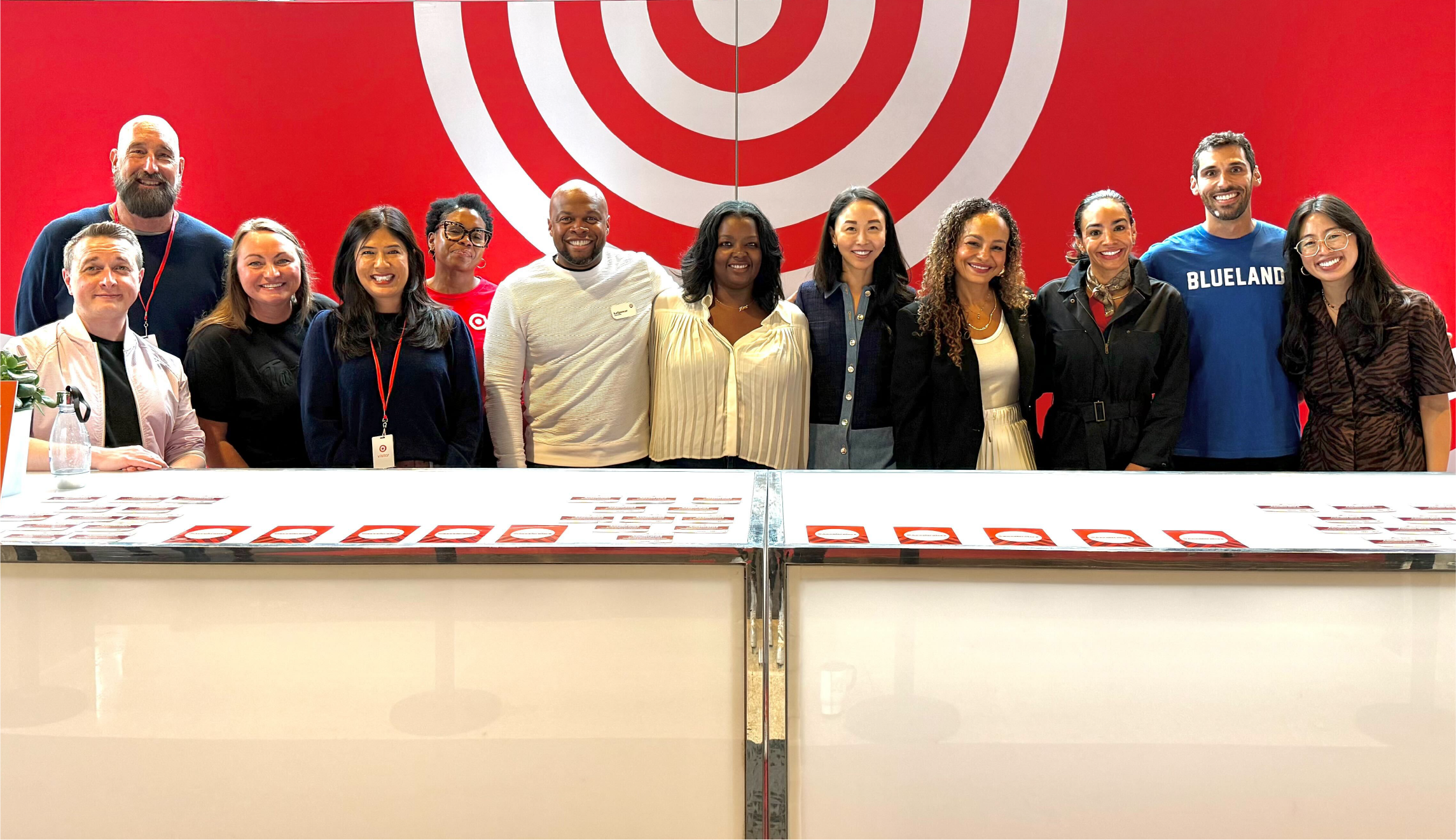To protect coral reefs, we must also protect the people who depend on them – The Conversation
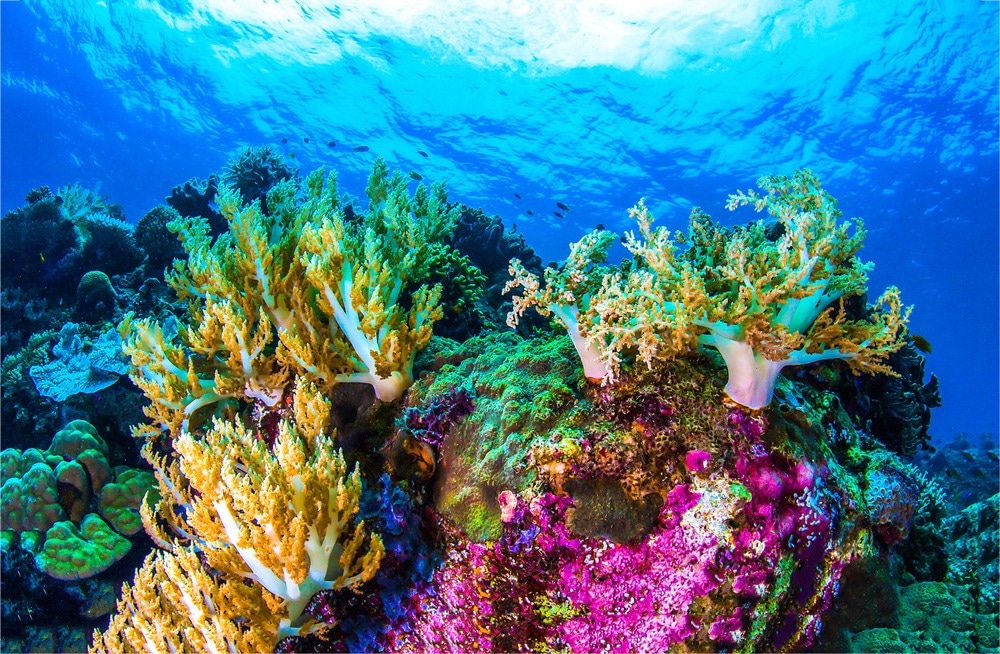
Report on Equitable Coral Reef Management and its Alignment with Sustainable Development Goals
1.0 Introduction: The Global Coral Reef Crisis
Coral reef ecosystems are facing an unprecedented crisis due to climate change-induced rising ocean temperatures, a direct threat to the achievement of SDG 14 (Life Below Water). The phenomenon of coral bleaching, a stress response to thermal anomalies, has escalated in frequency and severity since the 1980s. The degradation of these vital ecosystems jeopardizes the livelihoods, food security, and coastal protection of millions of people, particularly in developing nations, thereby impeding progress on SDG 1 (No Poverty) and SDG 2 (Zero Hunger). This report examines the challenges in current reef management, emphasizing the critical need to integrate principles of equity to ensure conservation efforts are both effective and just.
2.0 Analysis of Current Reef Management Strategies
2.1 Monitoring Systems and Inherent Risks
Management of coral reefs relies heavily on predictive data-monitoring tools, such as the U.S. National Oceanic and Atmospheric Administration’s (NOAA) Coral Reef Watch, which provides real-time bleaching alerts. These systems are intended to inform proactive conservation measures, such as the temporary closure of tourism or fishing sites. However, research indicates a significant margin of error, with approximately one-third of alerts being either false alarms or missed events. This unreliability presents substantial risks:
- False Positives: Unnecessary closures based on false alarms can inflict severe economic hardship on local communities whose livelihoods depend on reef-related activities like fishing and tourism, undermining SDG 8 (Decent Work and Economic Growth).
- False Negatives: A failure to act during an actual bleaching event can lead to irreversible ecological damage, compromising the long-term viability of the reef ecosystem and its ability to support human well-being, a core target of SDG 14.
2.2 The Equity Deficit in Conservation
The current approach to reef conservation often creates an inequitable distribution of burdens. Coastal communities in developing countries, which have a high dependency on reefs and limited capacity to absorb economic shocks, disproportionately bear the ecological and financial risks of both reef degradation and conservation interventions. This situation highlights a critical misalignment with SDG 10 (Reduced Inequalities), as the costs of protecting a global resource are borne by those least responsible for the climate crisis and least able to cope with the consequences.
3.0 A Framework for Equitable Conservation Aligned with the SDGs
To be truly sustainable, coral reef management must be founded on principles of equity. This involves a fair and just distribution of both the benefits derived from healthy reefs and the costs associated with their protection. The following principles are essential for aligning conservation practices with the Sustainable Development Goals.
- Recognition Equity: Acknowledging and respecting the diverse relationships that different groups have with coral reefs—including scientific, economic, cultural, and spiritual connections—is fundamental. This principle supports a holistic approach to conservation that values local and Indigenous knowledge alongside scientific data.
- Procedural Equity (SDG 16): Management processes must be fair, inclusive, and participatory. Ensuring that local communities, tourism operators, and Indigenous groups have a substantive role in decision-making is crucial for building strong and just institutions, as mandated by SDG 16 (Peace, Justice and Strong Institutions). This prevents the marginalization of local stakeholders by more powerful commercial interests.
- Distributional Equity (SDG 1 & 10): The benefits of conservation (e.g., sustainable fish stocks, tourism revenue, coastal protection) and the costs (e.g., access restrictions) must be shared fairly. This principle directly addresses SDG 1 (No Poverty) and SDG 10 (Reduced Inequalities) by ensuring that conservation measures do not exacerbate poverty or place an undue burden on vulnerable populations.
4.0 Case Studies in Sustainable and Localized Solutions
Implementing equitable management requires context-specific solutions co-designed with local communities. Without such collaboration, conservation efforts can lead to unintended negative consequences, such as increased poverty, gender inequality, and the displacement of unsustainable practices.
- Solomon Islands: Here, reefs are central to both food security (SDG 2) and economic well-being (SDG 8). However, reliance on reefs for cash income has led to over-extraction. This underscores the need for management strategies that provide alternative livelihoods to reduce direct pressure on marine resources.
- Tuvalu: A community-led planning project successfully balanced conservation with livelihoods by developing low-impact tourism. By empowering villages to identify protected sites and establish visitor guidelines, the initiative fostered a model of development that is both socially responsible and environmentally sustainable, demonstrating a practical application of SDG 17 (Partnerships for the Goals).
5.0 Conclusion: Advancing a Just Future for Coral Reefs
The protection of coral reefs cannot be decoupled from the principles of social justice and equity. Achieving SDG 14 (Life Below Water) requires a fundamental shift in conservation strategy. This shift involves moving beyond token participation to a model where local communities and institutions in developing nations are empowered with the authority and resources to manage their own natural assets. Integrating equity into every stage of management—from warning systems to policy implementation—is not only a moral imperative but also a prerequisite for effective, long-term conservation. A just approach ensures that efforts to save coral reefs also advance global goals for poverty reduction, equality, and sustainable development for all.
Analysis of Sustainable Development Goals in the Article
1. Which SDGs are addressed or connected to the issues highlighted in the article?
- SDG 14: Life Below Water: The entire article is centered on the health of coral reefs, which are critical marine ecosystems. It discusses threats like coral bleaching and the need for conservation and sustainable management, which is the core focus of SDG 14.
- SDG 13: Climate Action: The article explicitly identifies “rising ocean temperatures” as the cause of coral bleaching. This directly links the degradation of coral reefs to the broader issue of climate change, making SDG 13 highly relevant.
- SDG 1: No Poverty: The text highlights that conservation efforts, such as fishing bans, can “worsen poverty” for coastal communities in developing countries that depend on reefs for food and income. This connects reef management directly to poverty alleviation.
- SDG 8: Decent Work and Economic Growth: The article discusses how coastal communities rely on reefs for “income,” “livelihoods,” and “economic well-being” through activities like fishing and tourism. It also points to sustainable solutions like “low-impact tourism that balances conservation with livelihoods.”
- SDG 10: Reduced Inequalities: A central theme is equity. The article points out that the costs of conservation “disproportionately fall on those least able to handle them” and that there are “global imbalances in conservation leadership” between wealthy and developing nations.
- SDG 16: Peace, Justice and Strong Institutions: The article calls for “fair decision-making” and ensuring that local communities and Indigenous groups have a “real say” in reef management. This relates to building inclusive and participatory institutions.
2. What specific targets under those SDGs can be identified based on the article’s content?
- SDG 14: Life Below Water
- Target 14.2: By 2020, sustainably manage and protect marine and coastal ecosystems to avoid significant adverse impacts, including by strengthening their resilience, and take action for their restoration in order to achieve healthy and productive oceans. The article’s focus on protecting reefs from bleaching and managing human activities like fishing and tourism directly addresses this target.
- Target 14.5: By 2020, conserve at least 10 per cent of coastal and marine areas, consistent with national and international law and based on the best available scientific information. This is relevant to the discussion of creating “protected zones” and closing areas to allow for recovery.
- Target 14.b: Provide access for small-scale artisanal fishers to marine resources and markets. The article emphasizes the impact of fishing bans on local communities and the need to consider their access and livelihoods.
- SDG 13: Climate Action
- Target 13.1: Strengthen resilience and adaptive capacity to climate-related hazards and natural disasters in all countries. The use of “real-time bleaching alerts” and management actions to help reefs recover are examples of building resilience to the climate hazard of rising ocean temperatures.
- SDG 8: Decent Work and Economic Growth
- Target 8.9: By 2030, devise and implement policies to promote sustainable tourism that creates jobs and promotes local culture and products. The example from Tuvalu, which developed “low-impact tourism that balances conservation with livelihoods,” is a direct application of this target.
- SDG 10: Reduced Inequalities
- Target 10.2: By 2030, empower and promote the social, economic and political inclusion of all, irrespective of age, sex, disability, race, ethnicity, origin, religion or economic or other status. The call to give fishing communities, tourism operators, and Indigenous groups a “real say” and to shift power in leadership to local communities directly supports this target.
- SDG 16: Peace, Justice and Strong Institutions
- Target 16.7: Ensure responsive, inclusive, participatory and representative decision-making at all levels. The article argues that managing reefs should be a “collective undertaking” and that decisions should “consult with and include local communities,” which is the essence of this target.
3. Are there any indicators mentioned or implied in the article that can be used to measure progress towards the identified targets?
- For SDG 14 (Life Below Water):
- Indicator (Implied for Target 14.2): The frequency and extent of coral bleaching events. The article states that “bleaching events have increased significantly since the 1980s,” suggesting this is a key metric for ecosystem health.
- Indicator (Implied for Target 14.2): The level of resource extraction. The mention of “over-extraction in some areas” in the Solomon Islands implies that tracking extraction rates (e.g., fish stocks) is a way to measure sustainable management.
- For SDG 13 (Climate Action):
- Indicator (Implied for Target 13.1): Accuracy of early warning systems. The article notes that “about one-third of bleaching alerts worldwide are false alarms or missed events,” directly suggesting that the accuracy of these systems is a measurable indicator of adaptive capacity.
- For SDG 10 & 16 (Reduced Inequalities & Strong Institutions):
- Indicator (Implied for Targets 10.2 & 16.7): The level of participation of local communities in decision-making. The article contrasts simple “participation” with “true equity,” which involves “shifting power in leadership” and giving local communities “real authority.” This implies an indicator that measures not just the presence but the influence of local groups in management bodies.
- For SDG 8 (Decent Work and Economic Growth):
- Indicator (Implied for Target 8.9): The balance between conservation and economic benefits. The Tuvalu example of balancing “reef conservation with local livelihoods” through low-impact tourism suggests that progress could be measured by tracking both tourism income/jobs and the health of the protected reef sites simultaneously.
Table of SDGs, Targets, and Indicators
| SDGs | Targets | Indicators (Mentioned or Implied in Article) |
|---|---|---|
| SDG 14: Life Below Water | 14.2: Sustainably manage and protect marine and coastal ecosystems. | Frequency and extent of coral bleaching events; Rate of resource over-extraction. |
| SDG 13: Climate Action | 13.1: Strengthen resilience and adaptive capacity to climate-related hazards. | Accuracy of coral bleaching early warning systems (rate of false alarms/missed events). |
| SDG 1: No Poverty | 1.4: Ensure equal rights to economic resources. | Impact of conservation restrictions on local community poverty levels and income. |
| SDG 8: Decent Work and Economic Growth | 8.9: Promote sustainable tourism. | Balance of income/jobs from low-impact tourism with the ecological health of protected sites. |
| SDG 10: Reduced Inequalities | 10.2: Empower and promote the social, economic and political inclusion of all. | Degree of power and authority held by local communities in conservation leadership and decision-making. |
| SDG 16: Peace, Justice and Strong Institutions | 16.7: Ensure responsive, inclusive, participatory and representative decision-making. | Level of inclusion and consultation with local and Indigenous groups in reef management planning. |
Source: theconversation.com

What is Your Reaction?
 Like
0
Like
0
 Dislike
0
Dislike
0
 Love
0
Love
0
 Funny
0
Funny
0
 Angry
0
Angry
0
 Sad
0
Sad
0
 Wow
0
Wow
0






